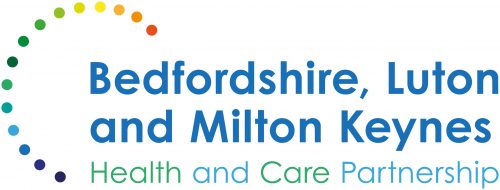Enhancing Levy Transfers’ Funtionality
In November 2020 as part of the Spending Review, the Chancellor confirmed the following:
“..from August 2021, employers who pay the Apprenticeship Levy will be able to transfer unspent levy funds in bulk to small and medium-sized enterprises (SMEs) with a new pledge function. Unspent levy funds will still expire after 24 months. The government will also introduce, from August 2021, a new online service to match levy payers with SMEs that share their business priorities”
Health Education England has today informed BLMK, that following on from the PM’s Skills Speech & the Chancellor’s Spending Review announcement the government will be launching a new online levy matching service:
- Levy payers will be able to advertise funds that are available to transfer (which will be called a ‘pledge’) – they will be able to specify certain criteria around the apprenticeships they want to fund, such as location & sector. These pledges will be advertised publicly on GOV.UK
- Any employer, provider or intermediary body will be able to see/search the pledges, however it is important to note that it is only the receiving employer that will be able to apply for a pledge as this will be done via their Apprenticeship Service account.
In line with system releases the government will be undertaking a private beta launch first where they will invite a number of employers to come and use the service, prior to it’s general public release in September
Between August launch & the end of December more enhancements will be released to this service; these include:
- Reducing the administration burden, by introducing an auto-approval option
- Allowing sending employers to export data on the pledge applications they receive. They can then share this with an intermediary body that they are working with.
- Improving the finance view so that sending employers can easily see what their financial commitments (for transfers) are across multiple years – therefore, helping to maximise their 25% transfer allowance
